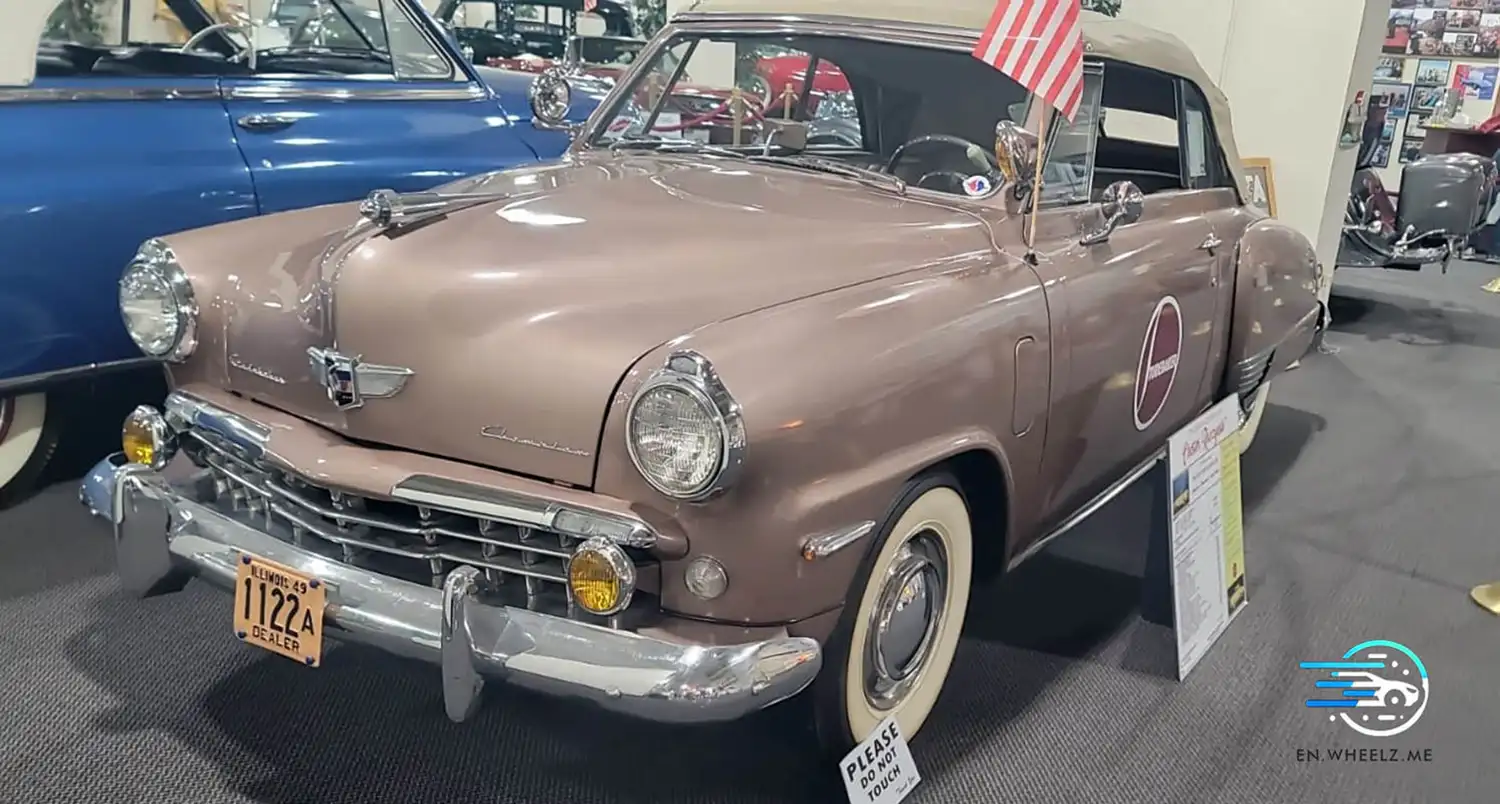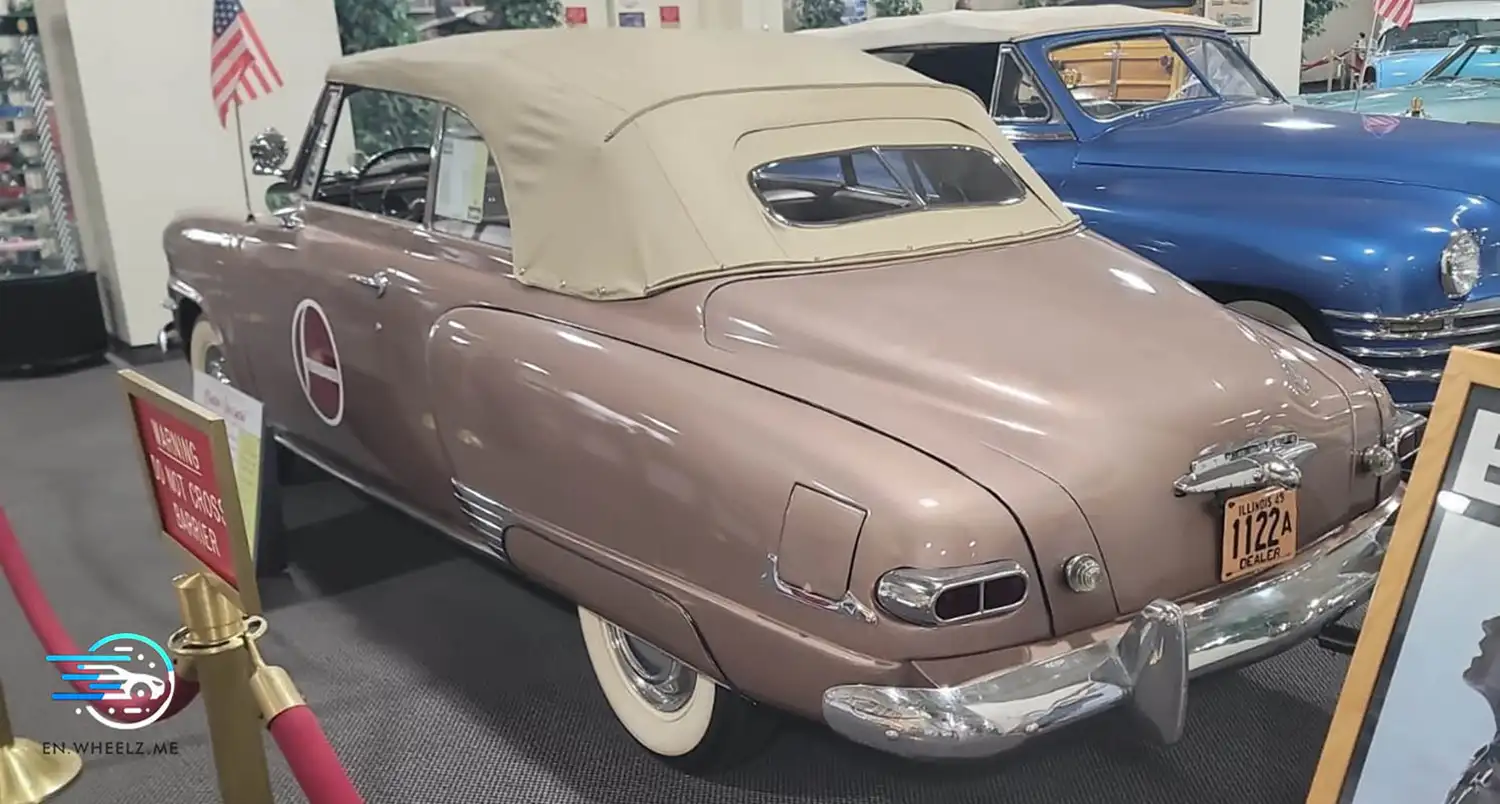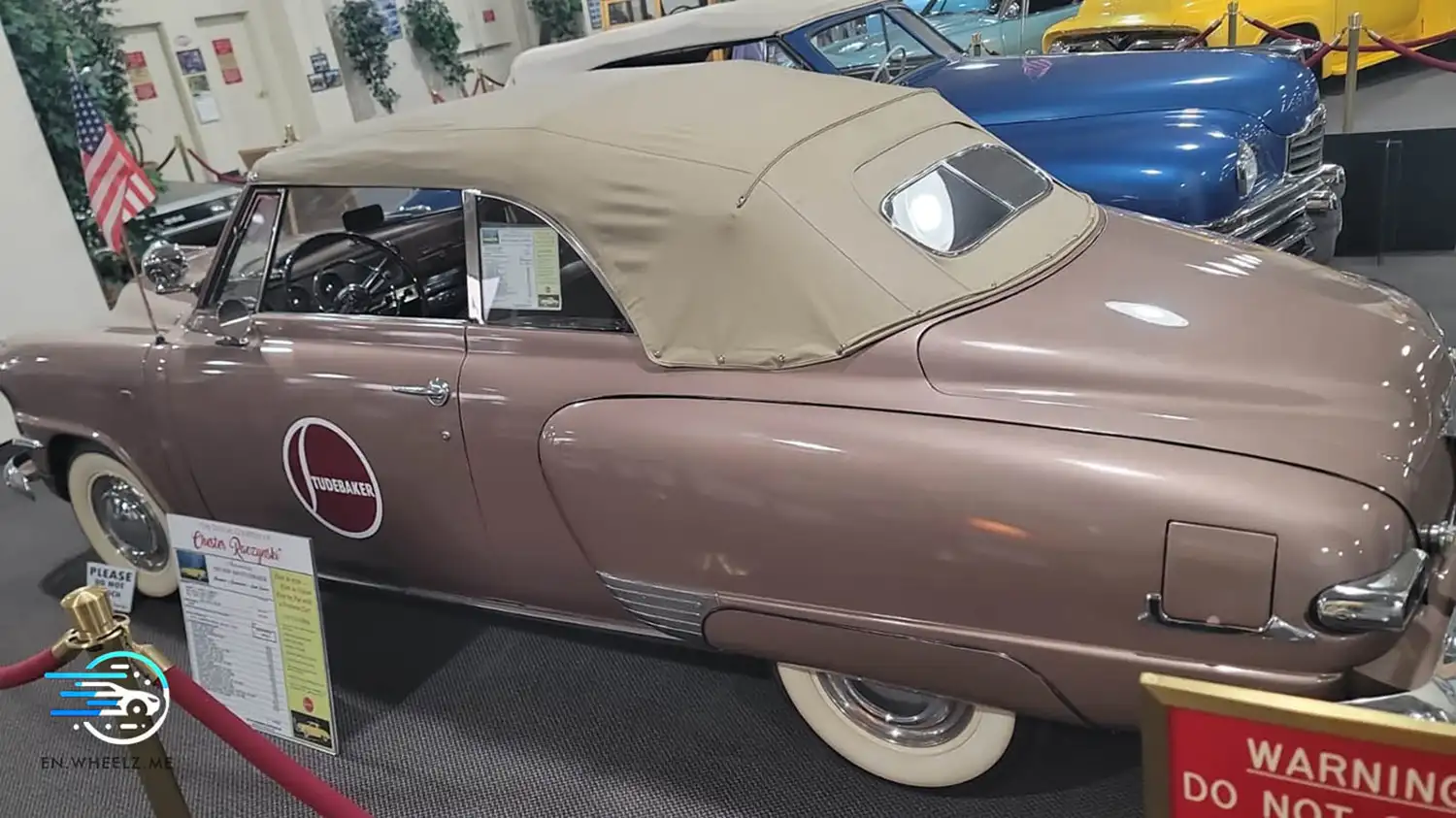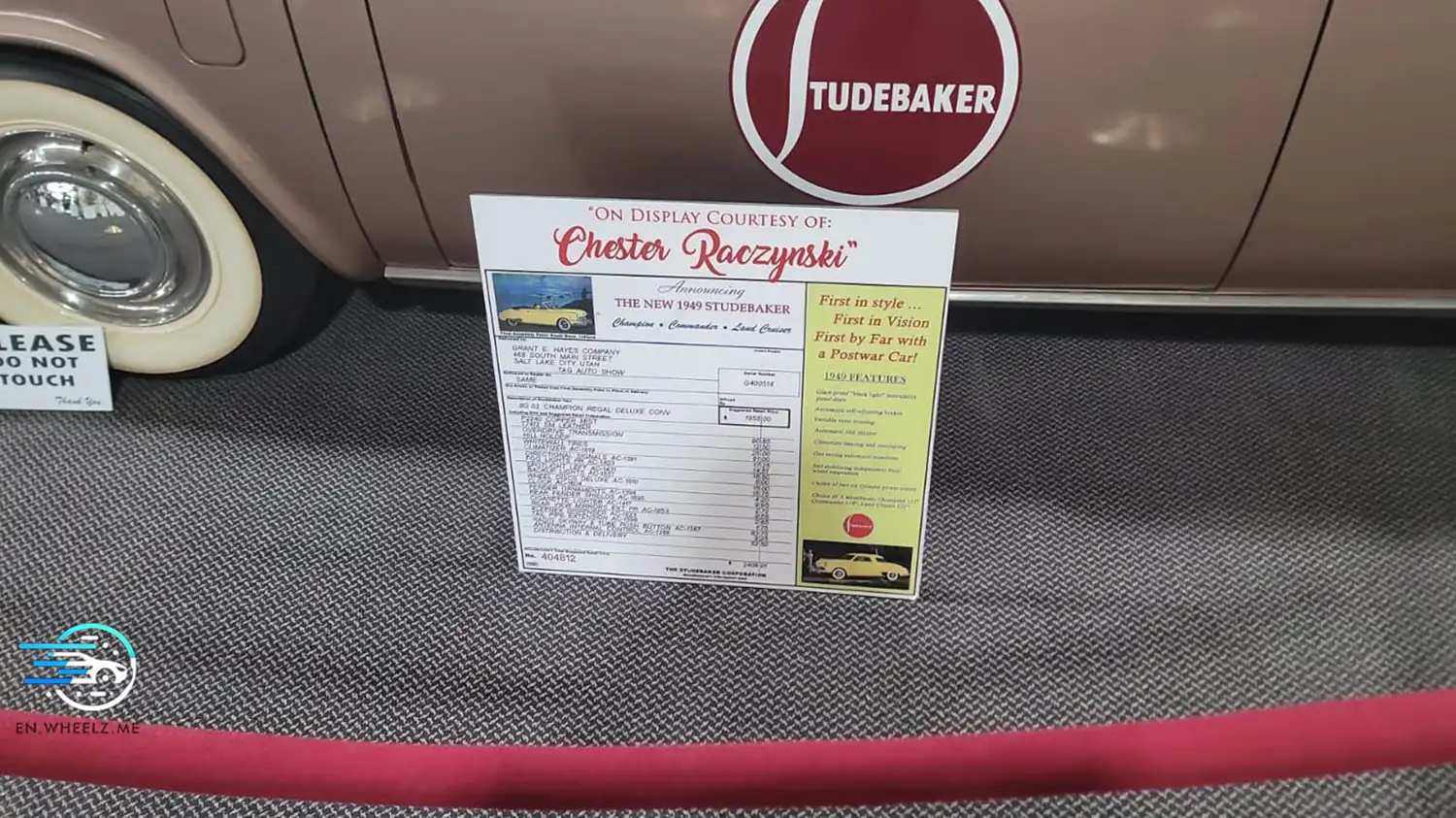
The 1949 Studebaker Champion represents a pivotal moment in American automotive history, emerging as a symbol of innovation and modernity in the post-World War II era. With its striking design and advanced engineering, the Champion was a reflection of a nation eager to embrace change and progress. This model marked the beginning of a new generation for Studebaker, showcasing the brand’s commitment to style, performance, and practicality.
Bold Design and Distinctive Features
The 1949 Champion was distinguished by its sleek, aerodynamic lines and unique styling that set it apart from other cars of its time. The design, influenced by the need for improved fuel efficiency and a modern aesthetic, featured a low profile and rounded contours that contributed to its streamlined appearance. The front end was characterized by a prominent grille and wide fenders, giving the Champion a bold presence on the road.
Available in a variety of body styles, including a two-door coupe, four-door sedan, and a stylish convertible, the Champion catered to a diverse range of buyers. Its unique “bullet nose” front design became a hallmark of Studebaker’s post-war styling, while the rear featured a distinctively rounded trunk that enhanced its overall elegance.

Performance and Engineering
Under the hood, the 1949 Studebaker Champion was powered by a 170-cubic-inch inline-six engine, producing 85 horsepower. This engine was known for its smooth operation and efficiency, making it an ideal choice for everyday driving. The Champion’s performance was enhanced by its lightweight construction, which contributed to improved fuel economy — a significant consideration for many consumers during the post-war period.
The Champion featured an innovative three-speed manual transmission with an optional overdrive system, allowing for smooth shifts and better highway cruising capabilities. Additionally, the car’s independent front suspension system provided a comfortable ride and improved handling, setting a new standard for cars in its class.
Interior Comfort and Convenience
The interior of the 1949 Studebaker Champion was designed with comfort and convenience in mind. The spacious cabin featured well-cushioned seats, ample legroom, and quality materials, providing an inviting atmosphere for both drivers and passengers. The dashboard was elegantly styled, housing easy-to-read gauges and controls within reach of the driver.
Standard features included a heater and a radio, reflecting the growing importance of in-car comfort and entertainment during this era. The Champion’s interior design was not only functional but also aimed to create an enjoyable driving experience, appealing to families and individuals alike.

Cultural Impact and Legacy
The 1949 Studebaker Champion played a significant role in American culture during its production years. As one of the first completely redesigned cars of the post-war era, it captured the imagination of a generation eager for modernity and innovation. The Champion became synonymous with the optimistic spirit of the late 1940s and early 1950s, and its unique design left a lasting impression on the automotive landscape.
Studebaker’s marketing campaign also contributed to the Champion’s popularity, promoting it as a stylish and practical choice for American families. Its appearance in various films and television shows further solidified its status as an iconic vehicle of its time.
Collectibility and Enthusiast Appeal
Today, the 1949 Studebaker Champion is highly regarded among classic car enthusiasts and collectors. Its unique design, innovative features, and historical significance make it a sought-after model in the classic car market. Well-preserved examples can command respectable prices at auctions, particularly those with original features and documentation.
Restoration projects of the Champion are popular among car enthusiasts, as its relatively simple engineering and available parts make it an accessible choice for restoration. The Champion’s appeal continues to thrive at classic car shows and events, where it often draws admiration for its distinctive style and historical importance.
Conclusion
The 1949 Studebaker Champion is a remarkable piece of automotive history that embodies the spirit of innovation and change in post-war America. With its bold design, reliable performance, and commitment to comfort, the Champion remains a beloved classic that showcases the best of what Studebaker had to offer. For collectors and enthusiasts, the 1949 Champion is not just a car; it is a symbol of an era marked by optimism, style, and progress.
Photos taken at Don Laughlin’s Classic Car Museum.
This article was crafted with assistance from Chatgpt
